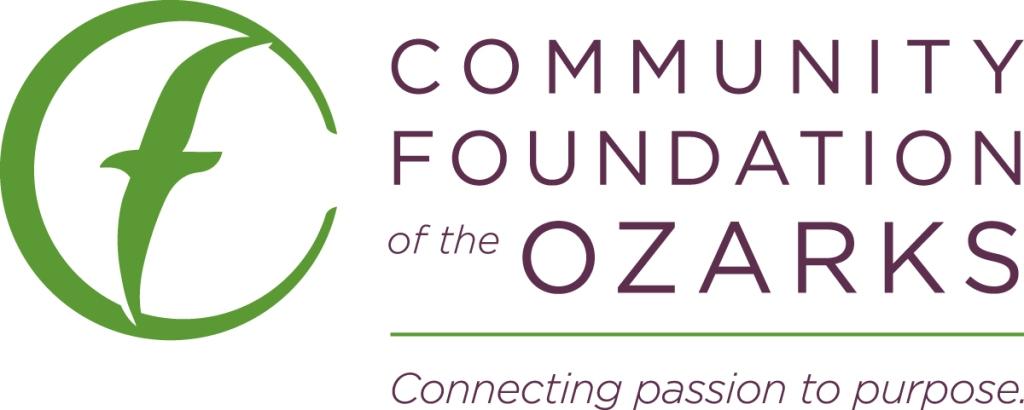Preparing for ‘When’ by Creating More Resilient Communities

This post is part of the #CF100 Series of blog posts. The Council on Foundations is marking the 100th anniversary of the nation’s first community foundation, The Cleveland Foundation, by highlighting the roles of community foundations with this series.
See where it all began at our
Fall Conference for Community Foundations in Cleveland this October!

In our tornado-, flood-, drought-, ice-, you-name-it belt of the Midwest, we live by the maxim that it’s not “if,” but “when” the next natural disaster will strike.
We would be thrilled to be wrong about that. Assuming we aren’t, we do want to be prepared.
Since a 2003 tornado ravaged the downtown business district in Stockton, Mo., (pop. 1,811), the Community Foundation of the Ozarks, based in nearby Springfield, has been involved in philanthropic responses to natural disasters. More recently, we managed 21 funds totaling about $13 million from donors who wanted to help Joplin, Mo., recover from one of the worst tornados in U.S. history in May 2011.
We stake our response in mid- to long-term recovery. We don’t duplicate efforts of the first responders who provide food, water, shelter and other immediate resources. Instead, we see ourselves as a community anchor – the “boots on the ground” – that will be here for needs that linger long afterward, often when other funding and attention has waned.
Our key allies in tackling those mid- to long-term needs are the nearly 550 nonprofit agency partners we serve throughout our 58-county region. They address recovery issues like child care, legal aid, mental health, housing, transportation, environmental restoration, companion animals – so much of what it takes to find the “new normal” in the recovery cycle. Our recovery grantmaking helps them help others, or get back on their own feet if disaster hits home for them.
In 2013-14, we used a grant from the Margaret A. Cargill Foundation to create a program called The Resilient Community. Two cohorts of up to 15 nonprofit partners went through four day-long training sessions as a group, then received individual coaching between sessions to develop or improve their disaster plans. At the end, each agency could apply for a $5,000 grant to implement some aspect of its disaster plan, such as technology improvements, staff training, or emergency resources like a generator.
Another goal of the program is to strengthen links between the nonprofits and the civic sector’s emergency management leaders. The CFO is responsible for chairing the philanthropic response in our home county COAD’s (Community Organizations Active in Disaster) long-term recovery plan. We have established a general disaster response fund and members of our Funders Forum are working on a grant application and guidelines that could be triggered quickly. We also are fortunate to be one of 18 Midwestern community foundations participating in a new two-year training program called the Philanthropic Preparedness, Resiliency and Emergency Partnership, a project of the Funders’ Network for Smart Growth and Livable Communities.
All of these efforts fit well within our overall commitment to building stronger nonprofits so they, in turn, can use grant dollars and other resources most effectively. The more resilient these vital services are to disaster, the better prepared they will be to help their communities when, not if, the need arises.
Louise Knauer is senior vice president for communications and marketing at the Community Foundation of the Ozarks.


